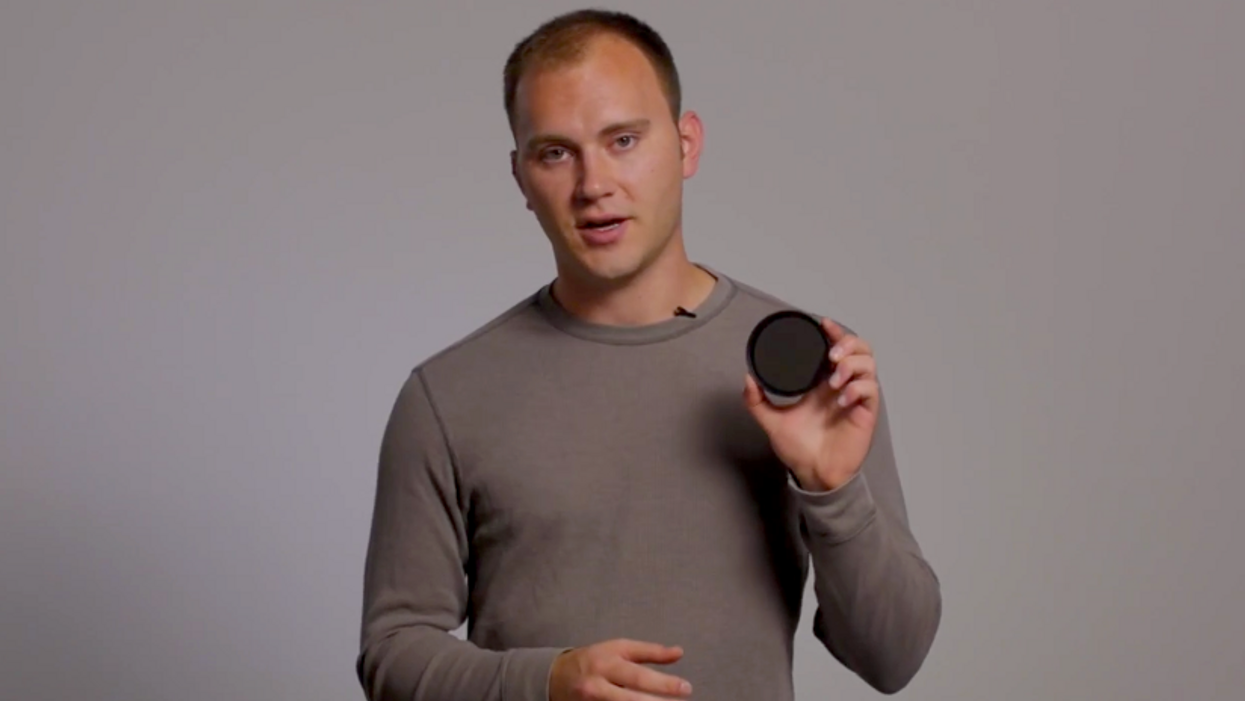Filtration Basics: Cost, Uses, & Filters You Should Never Leave Home Without
Using filters can help give your images subtle improvements and changes that are otherwise difficult to capture and repeat consistently in post. Caleb Pike of DSLR Video Shooter offers a great introduction into filtration: why we use filters, rectangle vs. round, cheap vs. expensive, and which types are must-haves.

There are many, many, many different filters that give different results, like warming and cooling filters, but probably the ones you never want to leave home without are Neutral Density (ND) and Polarizing filters. While polarizers help to reduce (or completely get rid of) reflected light (like in water), ND and GND (Graduated ND) filters have a bunch of uses, but mainly they're used to darken areas of your frame that might be too bright, (the sky, for example), allowing for a more balanced exposure (with the ground).
These ND and GND filters are the ones Pike covers in his video. Of course, many of them don't come cheap, but cost isn't the only thing you need to think about when choosing filters. It's vital to know the differences between rectangular and circular filters, as well as the (often subtle) effects each type will give you. But understanding that using filters, as opposed to color correcting in post, is more often than not a better solution will save you a ton of headaches in the long run. No one wants to get into post and see that their footage isn't as consistent as they'd like.
Be sure to get into the habit of testing out your filters with your specific camera before you shoot to make sure that you're getting the product you're going for, since most filters give off a color cast. Don't make that all too common mistake of slapping any old filter onto your camera thinking it'll give you the look you see on the box -- or on the internet -- or anywhere else. All filters, cameras, lenses, and all combinations thereof are different, so just be aware that there may be some pollution you might have to deal with.
Head on over to Pike's original post for more info on each of the filters he used in the video. Also, this is only the first installment of his filtration series, so stay tuned for more.
Which inexpensive/not so inexpensive ND/GND filters would you recommend? What filtration advice would you share with a beginner? Let us know in the comments.
Source: DSLR Video Shooter










![Ethos, Pathos, Logos: 20 Effective Ways to Advertise [Infographic]](https://nofilmschool.com/media-library/ethos-pathos-logos-20-effective-ways-to-advertise-infographic.jpg?id=34064614&width=600&height=600&quality=90&coordinates=560%2C0%2C0%2C0)

